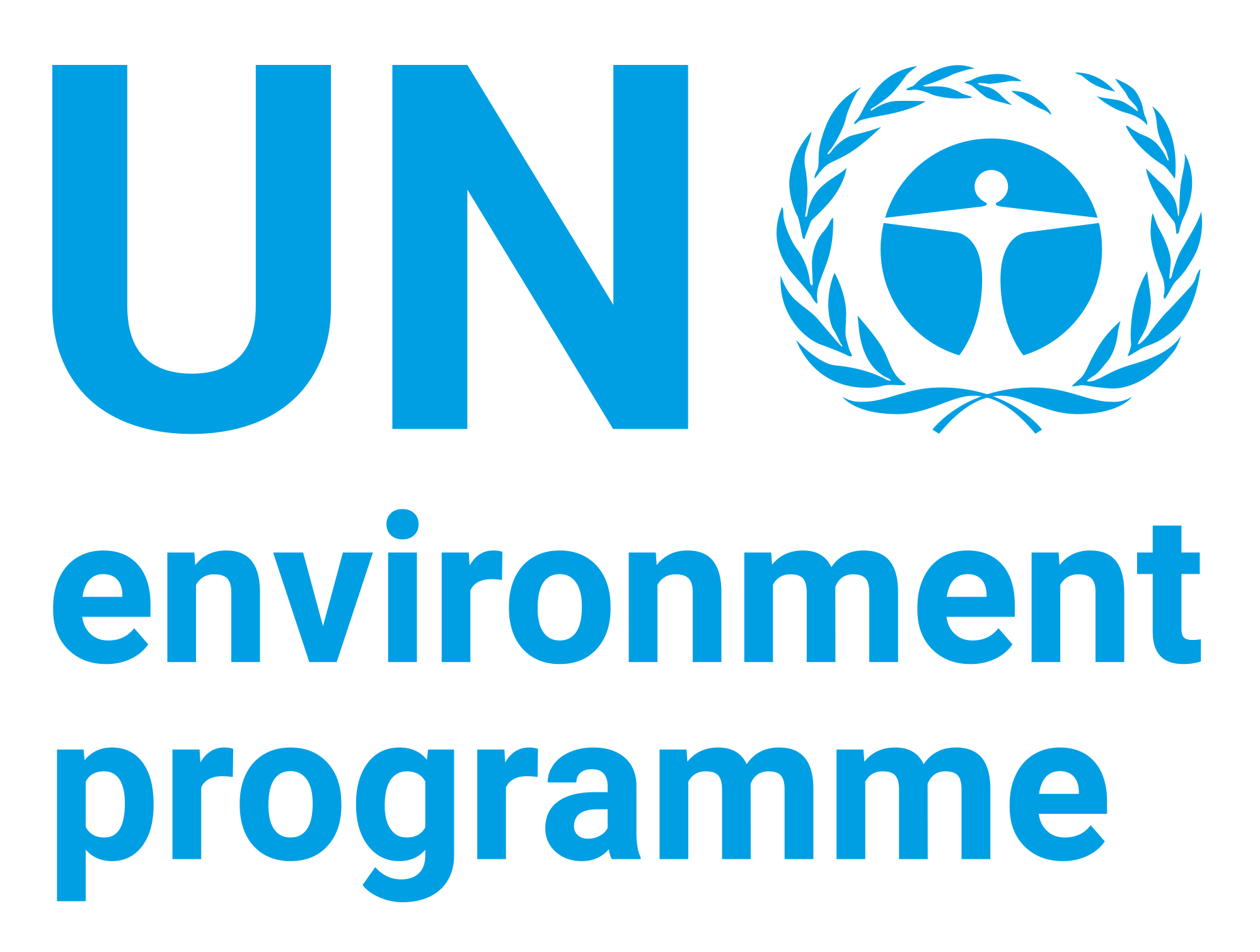| dc.contributor.author | United Nations Environment Programme | |
| dc.coverage.spatial | Central Asia | |
| dc.date.accessioned | 2016-10-11T20:07:10Z | |
| dc.date.available | 2016-10-11T20:07:10Z | |
| dc.date.issued | 2014 | |
| dc.identifier.uri | https://wedocs.unep.org/20.500.11822/8664 | |
| dc.description | Diversion of water sources has caused the Aral Sea in Central Asia to decline significantly over the past five decades. It has broken into several smaller seas, leaving behind a vast desert and a multitude of environmental, economic and social problems. Recent restorative action reveals a rebound of the fishing industry in what is now the North Aral Sea, possibly indicating a turn for the better, but it has come at the expense of the South Aral Sea. Although the water levels of the Aral Sea may never return to pre-1960s levels, transboundary co-operation on the implementation and compliance of conservation policies and activities provides some hope for the survival of the Aral Sea | |
| dc.description | helping secure livelihoods of those within its reaches. | |
| dc.language | English | |
| dc.rights | Public | en_US |
| dc.title | The Future of the Aral Sea Lies in Transboundary Co-operation - UNEP Global Environmental Alert Service (GEAS) - January 2014 | |
| dc.type | Serials | en_US |
| wd.identifier.sdgio | http://purl.unep.org/sdg/SDGIO_00000048 | |
| wd.identifier.sdgio | http://purl.unep.org/sdg/SDGIO_00000051 | |


